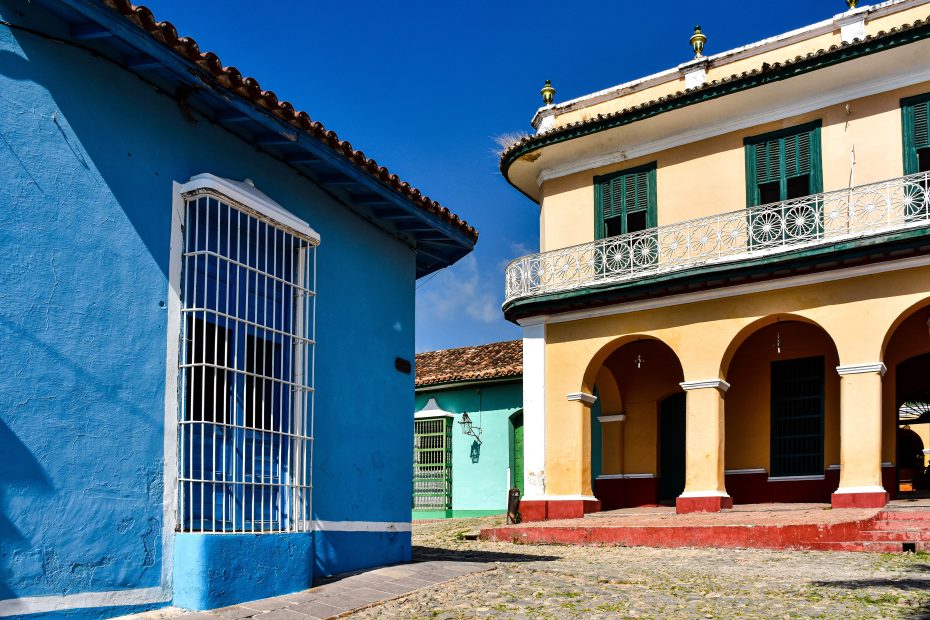Table of Contents
Introduction
Situated just off the coast of Venezuela, the twin island nation of Trinidad and Tobago is renowned for its diverse cultural tapestry. Although small in size, these two islands have a rich and fascinating history interweaving people from Africa, India, China, Europe, and indigenous roots. This vibrant fusion has birthed captivating artistic traditions, cuisine, music, architecture, and natural beauty unique to Trinidad and Tobago.
Diverse Ethnic Origins
Trinidad and Tobago’s modern culture stems from a remarkable confluence of different ethnic groups over the past few centuries.
African
The African influence arrived in the 18th and 19th centuries, as slaves were brought from West Africa to work on sugar and cocoa plantations by European colonizers. Their rich cultural traditions had an indelible impact.
Indian
Indian immigrants were also brought as indentured laborers after slavery’s abolition. East Indian culture became woven into the islands’ fabric.
Chinese
Chinese migrants built thriving businesses, introducing Asian elements.
European
Spanish settlers colonized Trinidad, while the British later ruled Tobago, adding European flair.
Indigenous
Amerindians like the Arawaks and Caribs were the original inhabitants before colonization. Their heritage persistently endures.
This unique polyglot society forged a distinctive national identity from its diverse roots.
Dynamic Fusion of Cultures
The intersections between Trinidad and Tobago’s many cultures created novel fusions found nowhere else.
Cuisine
Culinary creations like roti, doubles, callaloo, and pelau blend African, Indian and Caribbean styles into mouthwatering hybrid dishes.
Music
The iconic steelpan evolved when performers began using discarded oil drums. Calypso, soca, reggae, and chutney music fuse varied influences.
Carnival
Colorful masquerade carnivals combining costumes, dance, and calypso music have become Trinidad’s most famous cultural export.
Religions
Religious diversity thrives, including Christianity, Hinduism, Islam, Orisha worship, Spiritual Baptists, and others.
This cultural alchemy brews a vibrant essence distinct to the islands.
Vibrant Artistic Expressions
Dynamic artistic forms have blossomed from the islands’ cultural collisions.
Calypso
The calypso musical tradition, developed in the 20th century, blends West African call-and-response and French influences with biting social commentary.
Soca
Soca music mixes calypso with Indian rhythms and soul. Its fast tempo energizes carnivals.
Steelpan
The only acoustic instrument invented in the 20th century, steelpans repurpose oil drums into tunable percussion.
Literature
Renowned writers like V.S. Naipaul, CLR James, and Derek Walcott explored colonialism and identity.
These creative outlets gave voice to the new blended culture.
Unique Architectural Landmarks
Distinctive architecture also reveals the islands’ cultural fusions.
Magnificent Seven
Victorian mansions in Port of Spain, including Queen’s Park Savannah, exhibit European neoclassical design with Caribbean accents.
Temple in the Sea
The Temple in the Sea blends Hindu and Christian iconography in an unusual seaside temple.
Naps Stadium
Naps Stadium, the islands’ major cricket venue, embodies the sport’s unifying popularity across all ethnicities.
The built landscape physically manifests Trinidad and Tobago’s cross-cultural pollination.
Beautiful Natural Wonders
Beyond the human-made features, Trinidad and Tobago’s breathtaking natural beauty awes visitors.
Beaches
Idyllic swaths of sand like Maracas Bay and Pigeon Point offer laidback tropical relaxation.
Rainforests
Lush rainforests like the Northern Range and El Tucuche harbor exotic wildlife, vegetation, and waterfalls.
Pitch Lake
The Pitch Lake is one of the world’s largest natural asphalt deposits, where visitors can walk across the tar.
These stunning natural settings provide the backdrop to the islands’ vibrant culture.
Conclusion
While small in size, Trinidad and Tobago holds an outsized cultural impact, blending disparate traditions into a celebratory melting pot. The nation’s distinctive cuisine, music, carnivals, architecture, art, and nature weave together a fascinating tapestry found nowhere else in the world. This rich fusion continues evolving in new directions, but always pays homage to the diverse origins underpinning Trinidad and Tobago’s captivating essence. There is always more to discover in this tropical crossroads of cultures.
FAQs
What are the main ethnic origins influencing Trinidad and Tobago’s culture?
The main ethnic origins are African, Indian, Chinese, European, and indigenous peoples. Each contributed distinct traditions over centuries of settlement and colonization.
How did the different cultures blend together in Trinidad and Tobago?
There was intermixing and exchange between groups in cuisine, music, carnival celebrations, architecture, literature and religious practices. This cultural fusion resulted in creative innovations like steelpan, calypso, roti, and more.
What are some examples of architecture showing cultural blending?
Architectural examples include the Magnificent Seven mansions, Temple in the Sea, and Naps cricket stadium, exhibiting European, Hindu, and cosmopolitan influences respectively.
What natural landscapes draw visitors to Trinidad and Tobago?
Iconic natural features are the beaches like Maracas Bay, rainforests like the Northern Range, the Pitch Lake asphalt deposit, and scenic waterfalls across the islands.
Why does Trinidad and Tobago punch above its weight culturally?
Despite its small size, Trinidad and Tobago’s cultural impact is enormous because of its dynamic blend of African, Asian, European and indigenous traditions over centuries, resulting in globally influential music, carnivals, literature, and innovations.
